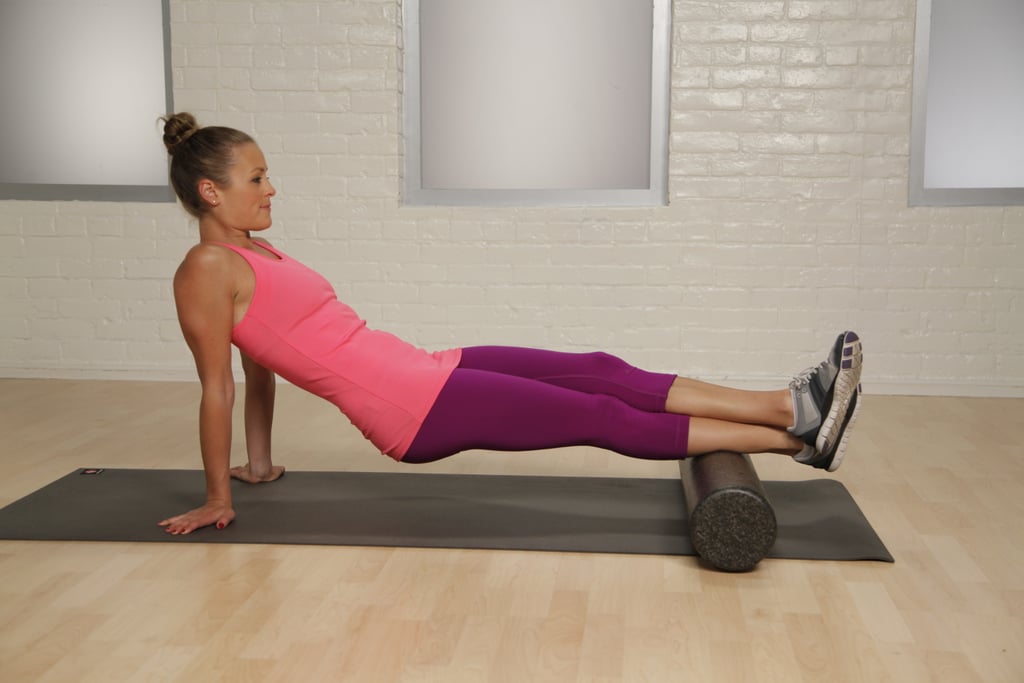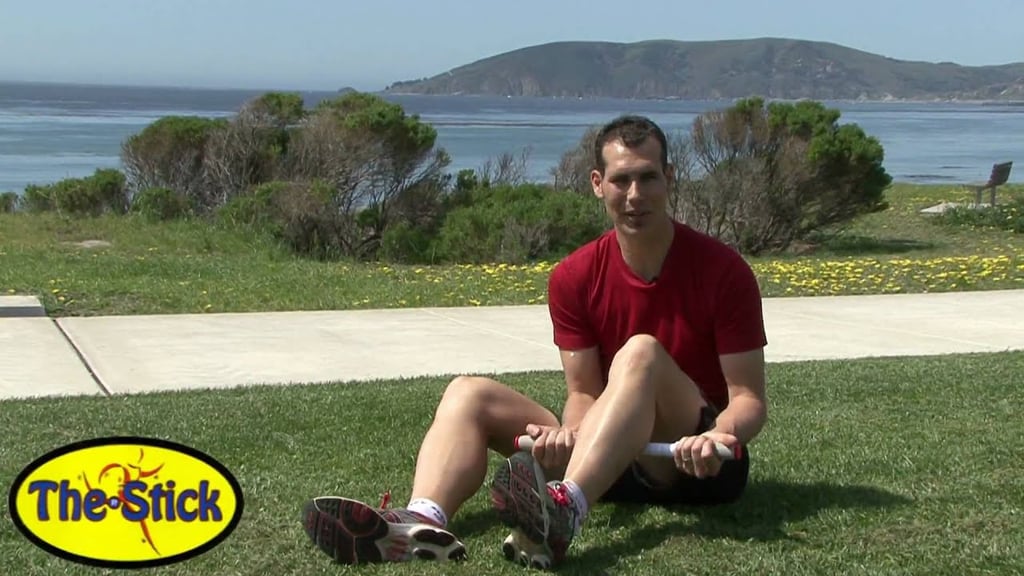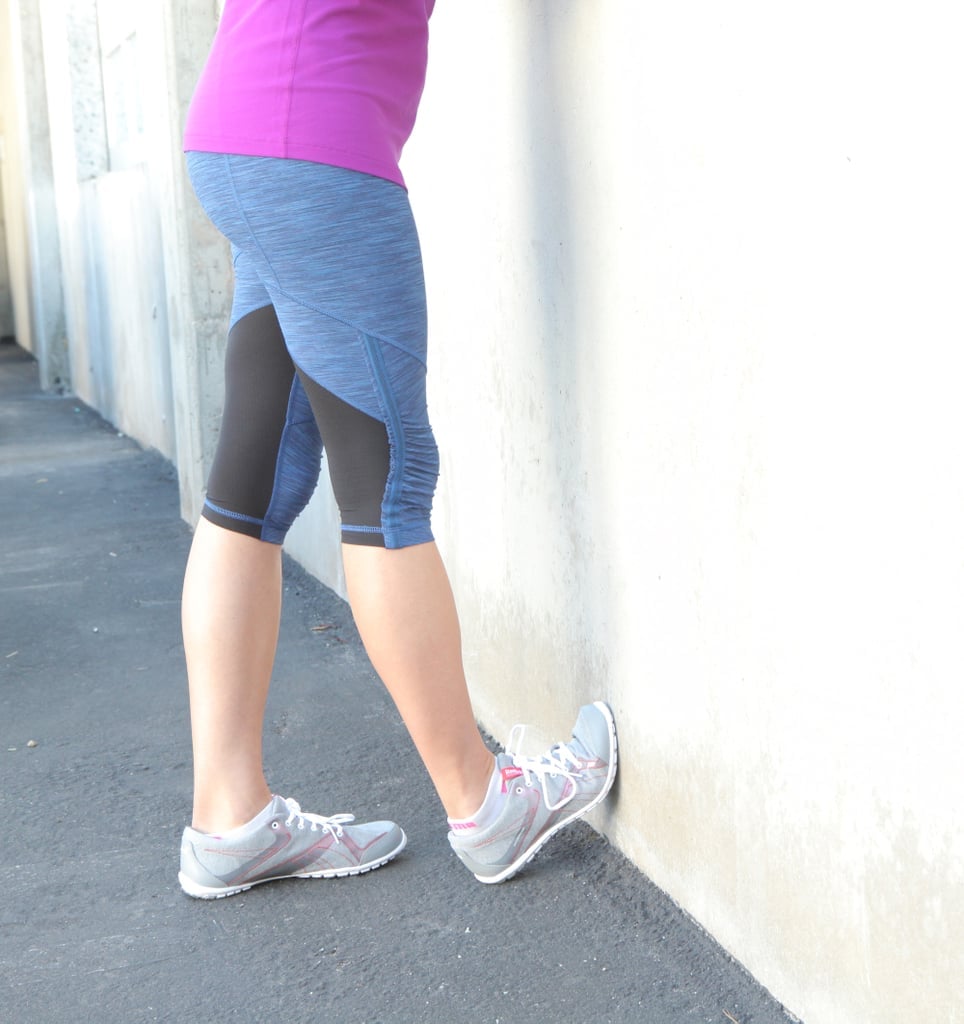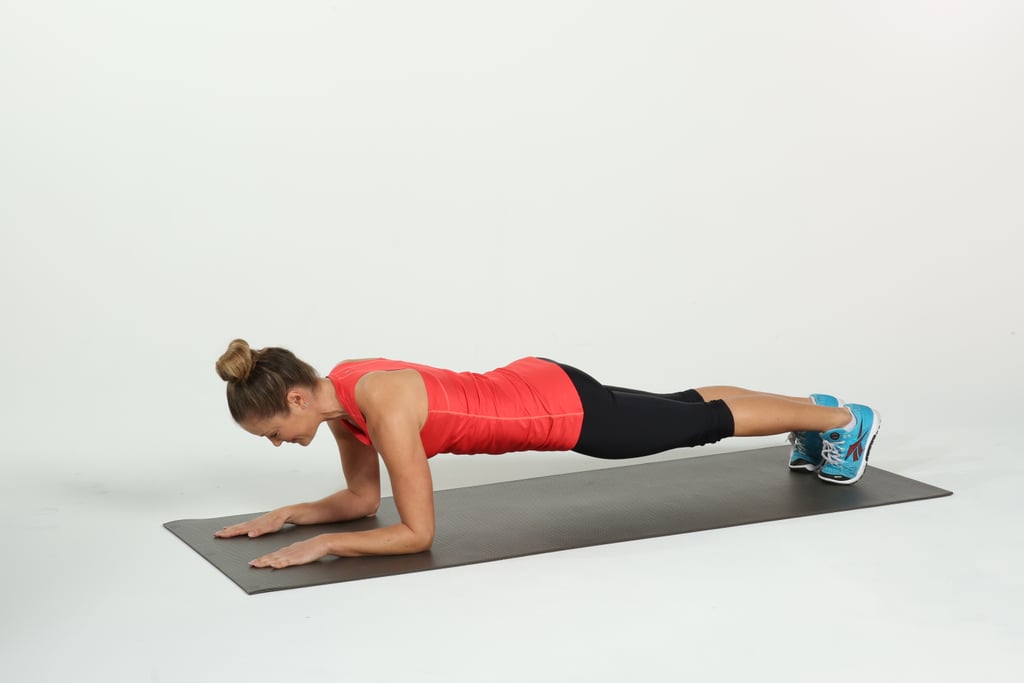If you're not familiar with shin splints, count your blessings and allow me to explain: they feel like hot, painful prickles going up and down your shinbones. It took me four years of running to get them, and I learned just how apt the name is; it feels like pieces of your shin are fracturing off.
They're best known as a running injury, but don't let that fool you. You can get shin splints from any kind of repetitive, high-impact workout, according to Nirav Pandya, MD, an associate professor of orthopedic surgery at UC San Francisco. Think CrossFit [1] or Zumba [2] — classes with intense, pounding movements on a hard surface, such as concrete or hardwood. And you're especially susceptible if you're starting or changing up a workout or running routine. "It's a reflection that you're doing too much compared to what your body can handle," said Michael Fredericson, MD, professor and director of physical medicine and rehabilitation and sports medicine at Stanford. "The bottom line is that too much stress is being transmitted to the bone and the muscles are not doing their job."
As I found out, shin splints are also triggered by terrain changes. They came for me after I switched from running on the sidewalk to the track: [3] a softer surface, but not what my legs were used to. By that time, I'd heard so much about shin splints that I assumed they were something that most athletes just had to work through. That's not the case at all. Shin splints are technically a low-grade stress response, Dr. Fredericson told POPSUGAR, which means they can turn into a full-blown stress fracture if left untreated. Running through the pain, [4] in fact, is the opposite of what you should do.
Luckily for my ignorant younger self, I mentioned my shin splints in passing to my doctor, not expecting it was something I could fix. He gave me a stretching routine [6] that I've used ever since for both prevention and relief when I've felt those telltale tingles in my shins. I've laid it out in the slides ahead along with some other doctor-approved stretches to try out. Expect some pain and embrace it (you're healing!).
Foam-Rolling Your Calves
I start by rolling out my calf muscles with a foam roller, [7] 10-12 rolls on each leg. Going one leg at a time lets you put your full weight on each calf, which gives you a deeper stretch. If you don't have a foam roller, sub in a tennis or lacrosse ball, which can actually be more effective, according to Dr. Pandya. Set it on the floor and roll your muscles across it like you would with a foam roller.
Foam-Rolling Your Shins
Then I'll flip over to do the muscles surrounding the front of my shinbone, [8] making sure to shift my weight to get the muscles on either side of the bone. You can do both at once, as in the picture, or go one at a time by shifting forward into a low plank with your legs straight out behind you, resting your shins on the foam roller. Cross one shin over the other and shift to roll across the outside of the shin, then the inside. You can use a tennis or lacrosse ball for this stretch, too. I do another 10-12 rolls for each leg.
Using the Stick
After foam-rolling, I switch to the Stick, [9] which is a "more focussed and easy-to-handle" muscle roller, Dr. Pandya says. Unlike a foam roller, you hold the Stick in both hands and manually roll it across your relaxed muscle. I do 25-30 strokes on either side of my shinbone and then on the calf muscle itself, as shown in the video.
It takes about five minutes to stretch with a foam roller and the Stick, and the results are worth it. I did these stretches [10] once a day when I had shin splints, and now I do them before every run and workout for prevention. I've gotten a flare-up here and there, but shin splints haven't caused me to miss a run or workout in five years.
No-Equipment Stretches
No muscle roller, [11] no problem. Dr. Fredericson recommended two effective stretches that only call for a wall or curb. Place your foot up against the wall, toes pointing up, and lean slightly forward while keeping your leg straight. You'll feel a stretch behind your knee and in your calf muscle. Hold for as long as you need to, then bend your knee while keeping your foot in the same position and hold again. These easy stretches loosen up your two main calf muscles, and they're particularly effective in combination with foam rolling.
Strengthening Your Core and More
Lots of other factors go into keeping your lower leg muscles healthy and shin-splint-free, like wearing supportive shoes [12], strengthening your core [13], and mixing up your workouts so that no movements get too repetitive. If none of these fixes are making a dent, see a doctor; sometimes pain that seems like shin splints is actually symptom of something more serious, like a stress fracture or osteoporosis. Bottom line: keep your lower leg muscles loose and flexible and learn from my mistake — shin splints can and definitely should be treated.





